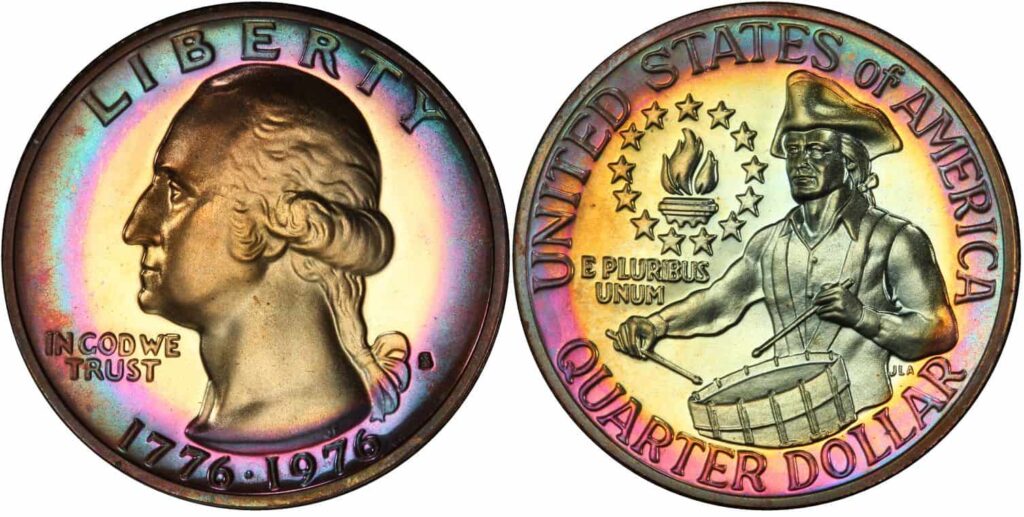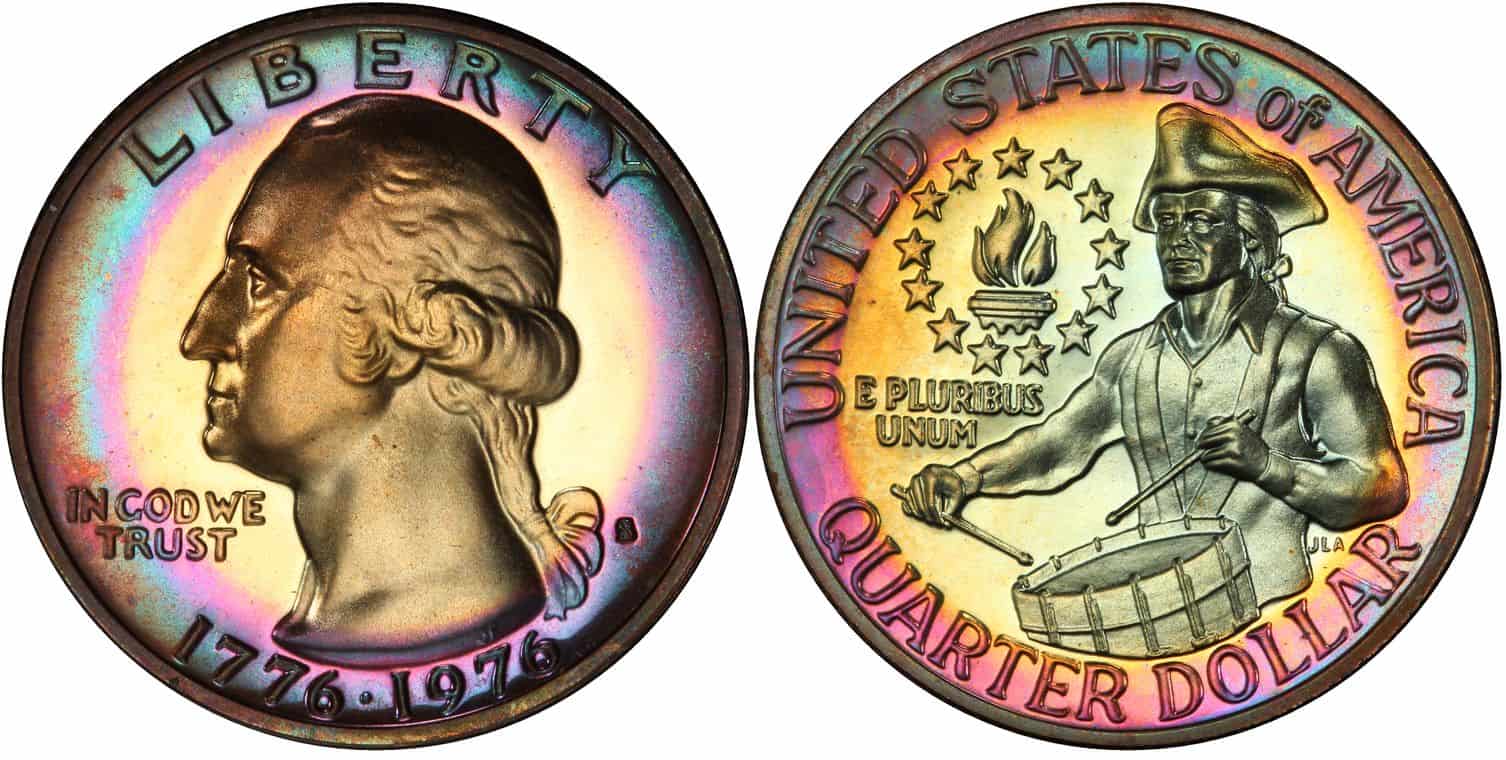Have you ever rummaged through your change jar, finding old coins that might be worth more than their face value? It’s a treasure hunt that many people enjoy, and sometimes, you might strike gold—figuratively speaking, of course! Among the countless dimes and quarters in circulation today, there are a few that are incredibly rare and can fetch remarkable prices, even upwards of three million dollars. Intrigued?
Let’s dive into the world of rare dimes and the elusive Bicentennial quarter!
Understanding Rare Coins
First, let’s get on the same page about what makes a coin “rare.” Rare coins aren’t just any coins that look old or worn. They typically feature unique minting errors, limited production runs, or historical significance that can drive their value through the roof.
This is especially true for dimes and quarters, where specific years and types can be more sought after than a golden ticket to Willy Wonka’s factory!
The Dimes That Dazzle
When it comes to dimes, a couple of rare gems stand out from the crowd. The 1894-S Barber dime is a significant piece that has sent collectors into a frenzy for years.
Only 24 were minted, making it extremely scarce. If one of these dimes makes it into your hands, you could be looking at a value of over a million dollars!
Another notable mention is the 1968-S Roosevelt dime. While it may seem like just another everyday coin, the proof version minted that year can reach astonishing prices.
A flawless specimen can lead up to three million dollars in the right market!
The Bicentennial Quarter: A Diamond in the Rough
Now, let’s hop over to quarters. The Bicentennial quarter, minted in 1975 and 1976, is more than just a shiny piece of commemorative currency. Many believe they hold less value because of their mass production.

However, there are certain rare variants—especially the 1976 quarters with the ‘no S’ mintmark—that can demand hefty sums. If you happen to find one of these, you could potentially be holding a coin worth three million dollars!
Why Are These Coins so Valuable?
It’s all about supply and demand. With so few of these coins in circulation, their rarity drives the price up significantly. Coin collectors pay top dollar for pieces that can fill gaps in their collections.
Think of it like a rare comic book; a first-edition Superman might be worth a fortune, while a stack of magazines won’t bring in much at all.
How to Spot Rare Coins
So, how do you become a coin detective? It starts with having a good eye. Learn the characteristics of the rare dimes and quarters mentioned above, including mint marks, dates, and distinctive features.
You can also consult reputable coin guides or join local coin-collecting clubs.
Become Your Own Coin Expert
As you embark on your treasure hunt, research is your best friend. Understand that older coins might show wear, but that doesn’t mean they’re worthless.
And remember to handle them with care! The condition can dramatically impact their value.
Always keep them in protective cases to prevent damage.
Conclusion
In conclusion, while most coins you encounter might be just that—coins—there’s always a chance that something extraordinary is lurking among those pennies, nickels, and dimes.
The thrill of possibly finding a rare dime or a Bicentennial quarter worth three million dollars adds an exhilarating element to that mundane task of sifting through spare change.
So keep your eyes peeled and your change jar handy—you never know when you might uncover a hidden treasure!
FAQs
1. Are all 1894-S Barber dimes valuable?
Not all 1894-S Barber dimes are created equal. The condition and authenticity of the coin play a huge role in determining value. Only perfect specimens command millions.
2. What should I do if I find a rare coin?
If you suspect it’s rare, have it appraised by a professional coin dealer or a numismatist. They can provide insights on its value and recommend next steps.
3. Are there other rare coins I should look out for?
Absolutely! Coins like the 1955 double die penny or the 2004 Wisconsin quarter with extra leaf are also prized among collectors.
4. How do I store rare coins properly?
Always store them in protective holders or cases designed for coins. Avoid touching the coin itself to prevent fingerprints and oils from damaging its surface.
5. How can I evaluate the condition of a coin?
A coin’s condition can be graded on a scale that ranges from Poor to Mint State. Look for signs of wear, scratches, and overall appearance to assess its grade.

